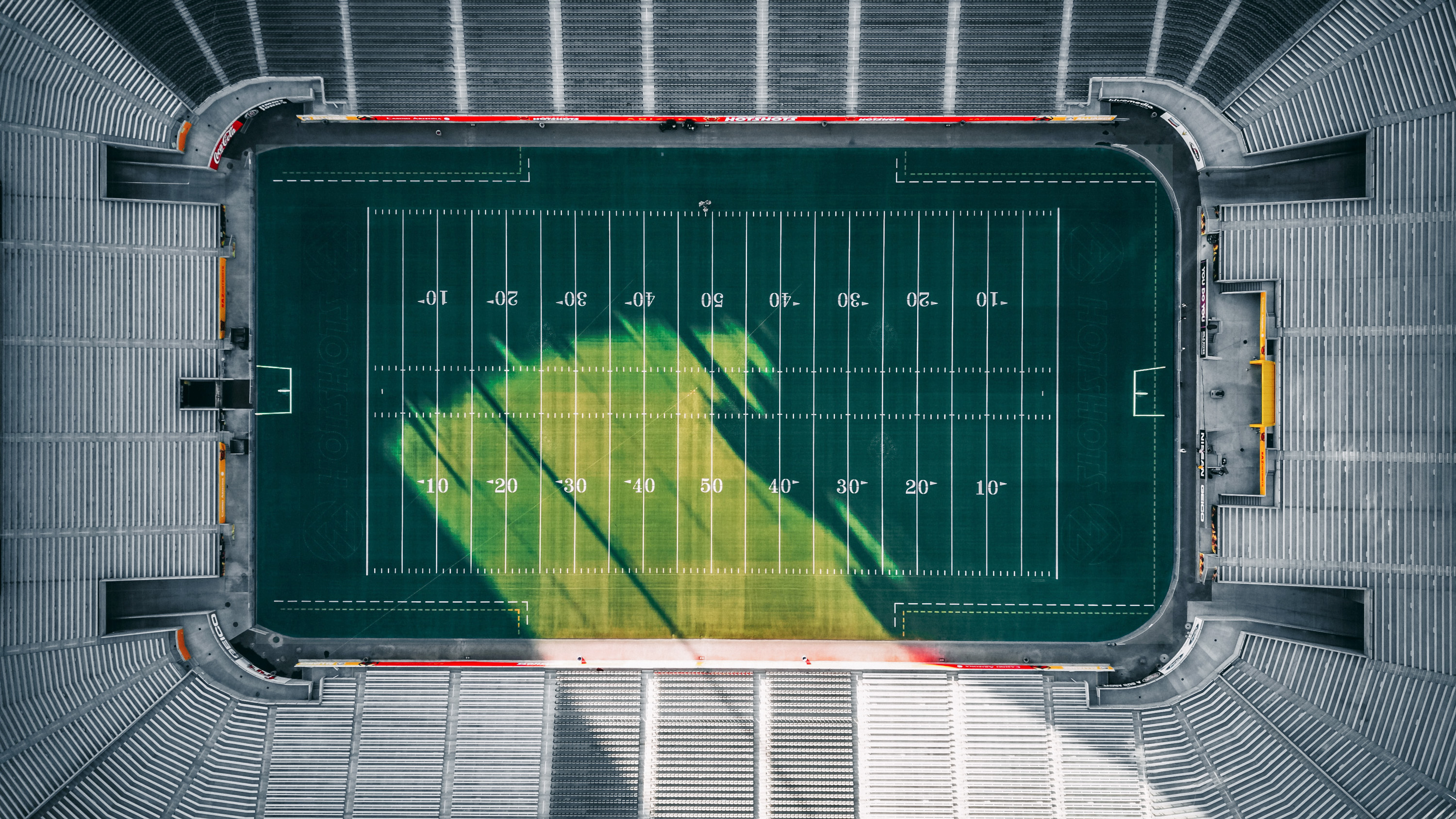NFL vs. covid
A study finds that with safety measures in place, 2020 stadium openings had no impact on local case rates.

During the 2020 season, teams in the National Football League responded to covid-19 in a variety of ways, with some games played in empty stadiums while other venues welcomed fans with safety protocols in place. A study by MIT engineers has now found that during this early period in the pandemic, those differences had no impact on the number of infections in the stadiums’ local counties.
These results contrast with those of a study last year, in which a group led by the University of Southern Mississippi found “tangible increases” in case numbers in counties where large numbers of fans attended games. But the MIT researchers isolated the specific impact of stadium openings with a statistical method that determines the effect of an “intervention” by constructing a way to imagine the same scenario without that intervention.
To construct a hypothetical stadium-free version of, say, Dallas, where the stadium was open, the team looked for nearby counties with similar preseason patterns of covid-19 and used data from them to calculate the number of cases this “synthetic” county would have had through the season. Then they compared case counts in each synthetic county with those in the nearby “stadium counties” (those supplying more than 10% of fans), which included 13 stadiums that were closed and 16 that stayed open with reduced capacity and measures such as masking and distanced seating.
In all cases, they found similar trajectories of infection in stadium counties and synthetic counties. (By contrast, their method did pick up a case increase in the county that hosted the Sturgis Motorcycle Rally.) Some stadium counties’ case counts were actually lower than their synthetic counterparts’—perhaps, says study author Anette “Peko” Hosoi, because fans would have gathered indoors to watch the games if the stadiums had been off-limits. “Opening the stadium under those circumstances would have been beneficial to the community because it makes people go outside,” she says.
The overall covid situation is very different today, with vaccines available but more transmissible variants circulating rapidly. Still, the results “show that the measures adopted by the NFL were effective in safely opening stadiums,” says Hosoi. “If case counts start to rise again, we know what to do: mask people, put them outside, and distance them from each other.”
Keep Reading
Most Popular
Large language models can do jaw-dropping things. But nobody knows exactly why.
And that's a problem. Figuring it out is one of the biggest scientific puzzles of our time and a crucial step towards controlling more powerful future models.
How scientists traced a mysterious covid case back to six toilets
When wastewater surveillance turns into a hunt for a single infected individual, the ethics get tricky.
The problem with plug-in hybrids? Their drivers.
Plug-in hybrids are often sold as a transition to EVs, but new data from Europe shows we’re still underestimating the emissions they produce.
Stay connected
Get the latest updates from
MIT Technology Review
Discover special offers, top stories, upcoming events, and more.